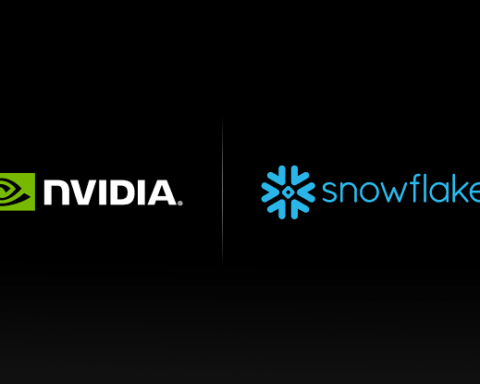Internet today
The Internet is the primary catalyst in the ongoing digitalization of our culture and economy. The line between the real and virtual worlds is blurring as our ability to stay connected increases. Access to information and online services is now unparalleled thanks to the widespread availability of IoT devices, multimedia content, and social media platforms. Artificial intelligence facilitates the deciphering of data as well as incorporating autonomy and intelligence into networks, connected objects, and services.
The Internet of the Future
The primary objective of the Next Generation Internet (NGI) movement is to create a user-friendly network that puts users in charge of their own data. By leveraging the latest technologies, new decentralized business and social models will guarantee everyone’s uninterrupted and secure access.
Artificial intelligence (AI), virtual reality (VR), augmented reality (AR), and other advances in sensory perception, remote control, and real-time virtual experience will make possible the Internet of the future as an immersive simulation. The Internet is often compared to a universe or world that exists only online. It will be essential for information to travel at speeds far exceeding the speed of light in the future digital world.
The latency between a network or business and its end customers must be less than a blink of an eye, and high speeds are required between different networks or business partners. Applications are becoming increasingly latency-aware, for a seamless user experience.
Speedier than the blink of an eye is required for everything digital.
Is there a reason why the Internet of the Future won’t tolerate any lag at all? The human brain can process visual cues in as little as 13 milliseconds, tactile information in as little as 20 milliseconds, and auditory delays in less than a millisecond. To create a convincing and genuine immersive experience, the fastest of these speeds must be matched online. Presently, the digital experience is beginning to define lifestyle, and this trend will only accelerate.
We are emerging from the era of the infrastructure incumbency’s isolationism and entering the era of community and coalitions. Internet service providers must build a system that is both widespread and interconnected. It’s crucial that high-performance processors and large pipelines be located as close as possible to end users and smart devices.
The future of digital infrastructure lies in collaboration and convergence.
How can these needs be met? Big pipes and HPC must be near users and smart devices. To create a seamless and authentic experience, digital infrastructure providers must build a densely and globally distributed interconnected infrastructure while offering specialized and customized interconnection services to meet the demands of businesses and organizations across all sectors. No single digital infrastructure operator can do it all. We’re entering the age of infrastructure communities and alliances, leaving silos behind.
With the new all-time traffic peak comes the increased importance of ensuring the Internet remains stable and secure, no matter how difficult the times.
At DE-CIX Global In 2019, we pioneered the use of 400 Gigabit Ethernet (GE) access technology at our Internet Exchange. Due to the subsequent exponential increase in bandwidth demands, we deployed 800 GE access technology in collaboration with Nokia.
“By releasing 800 GE access technology, we’ve once again demonstrated our dedication to being an industry leader once again. We provide our clients with cutting-edge hardware and a scalable, state-of-the-art backend to meet their current and future needs. Meanwhile, this boosts the confidence of our international and domestic customers in the DE-CIXs technological adoptions which we are facilitating for them as they grow their businesses with the assistance of our innovative solutions,” said Sudhir Kunder.
Neutral and diverse digital ecosystems and their interconnection will power the immersive Internet.
At DE-CIX India, we are already working on our contribution towards this vision of a global digital future. Instead of being proactive or reactive, we are being predictive for building future internet We are taking a two-pronged approach to achieve this: firstly, through geographical densification—bringing services out of the major metropolitan hubs and into the regions, extending our footprint not only globally but also locally—and, secondly, through the development of innovative interconnection services, tailor-made to support enterprises in overcoming the challenges they face with digital transformation.






